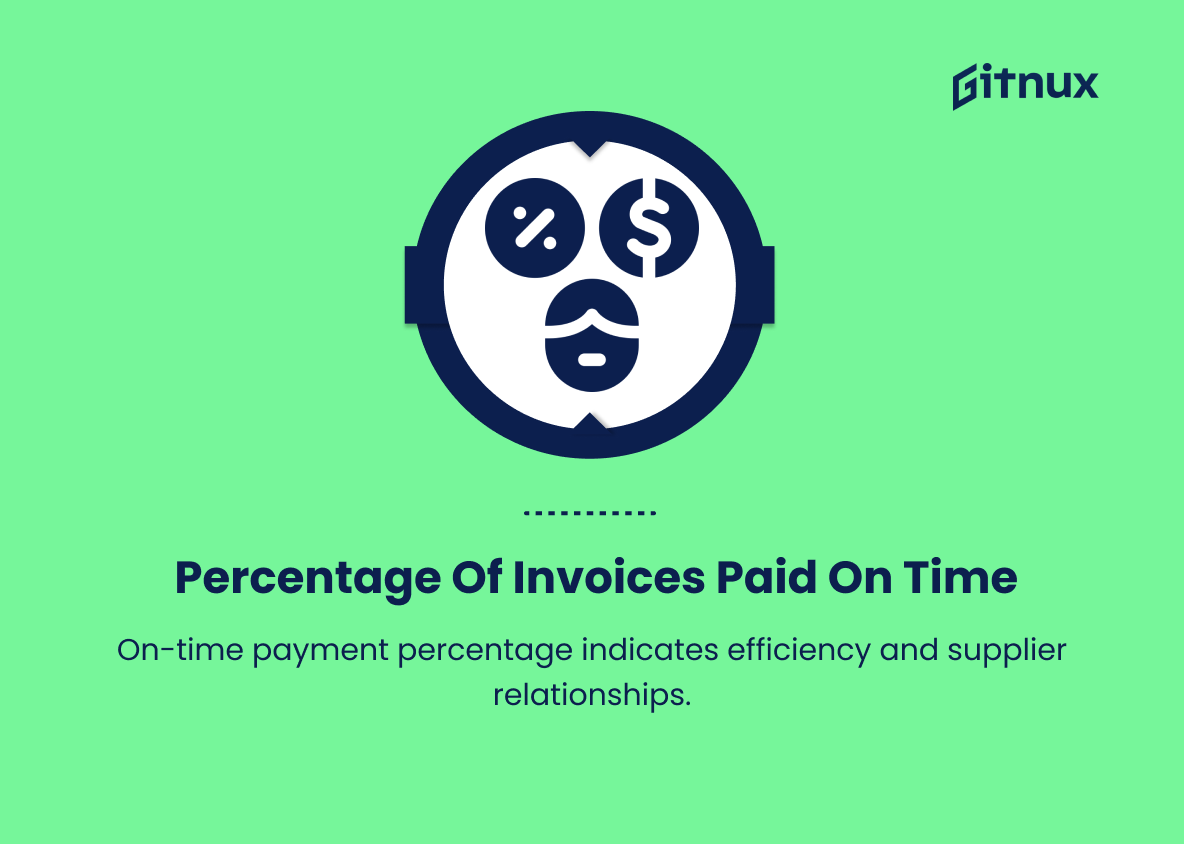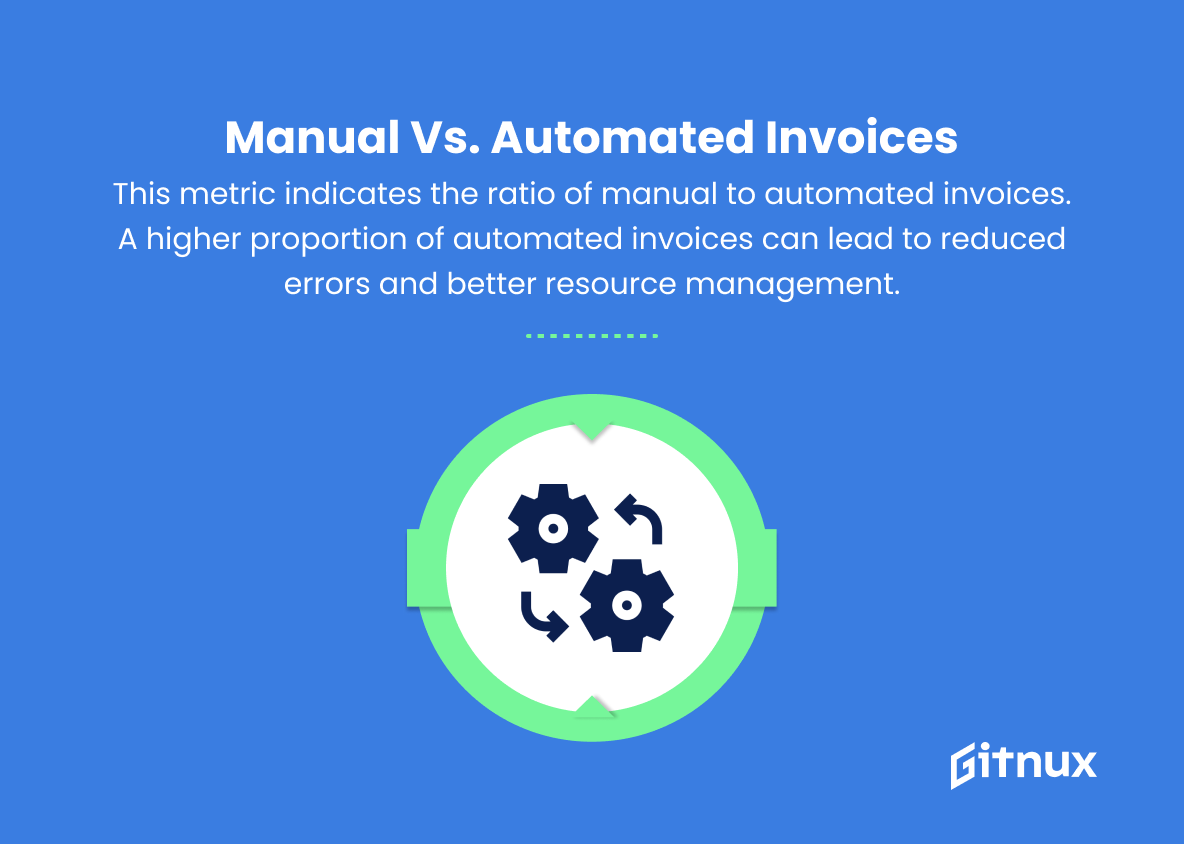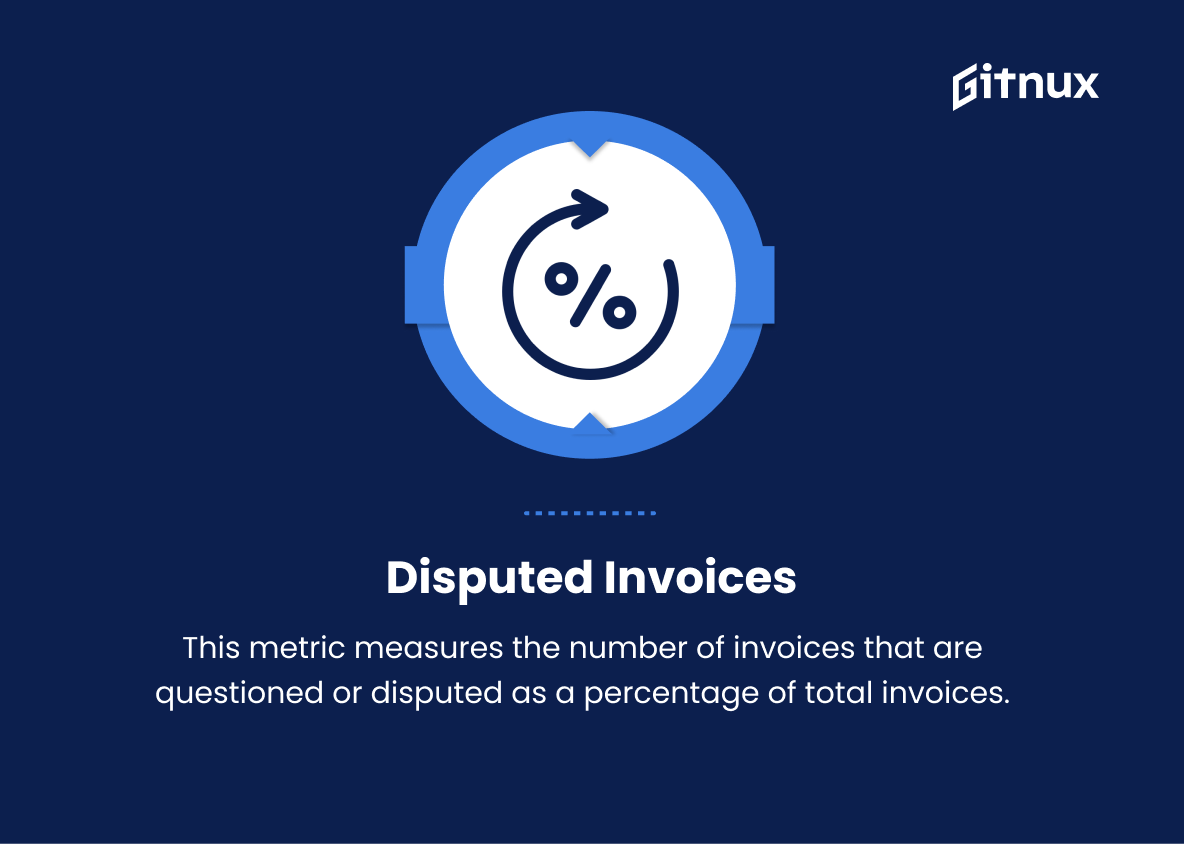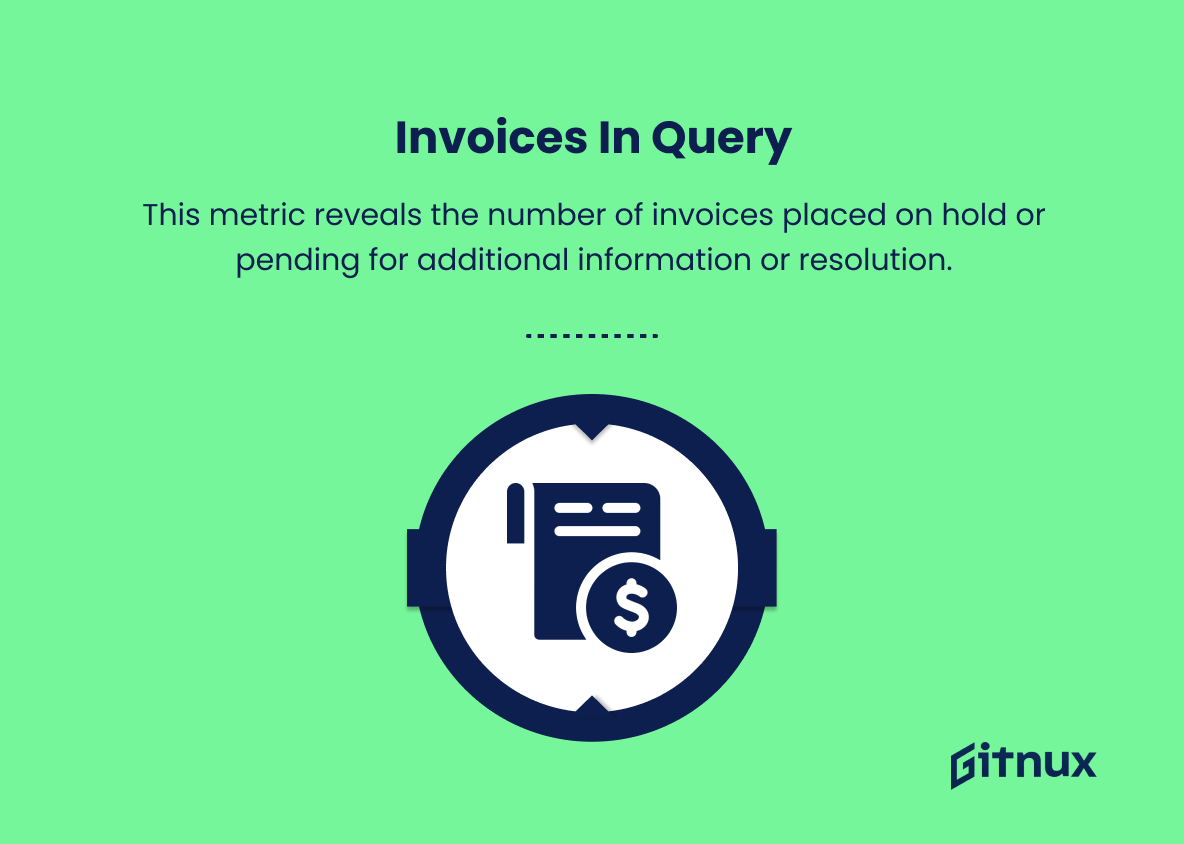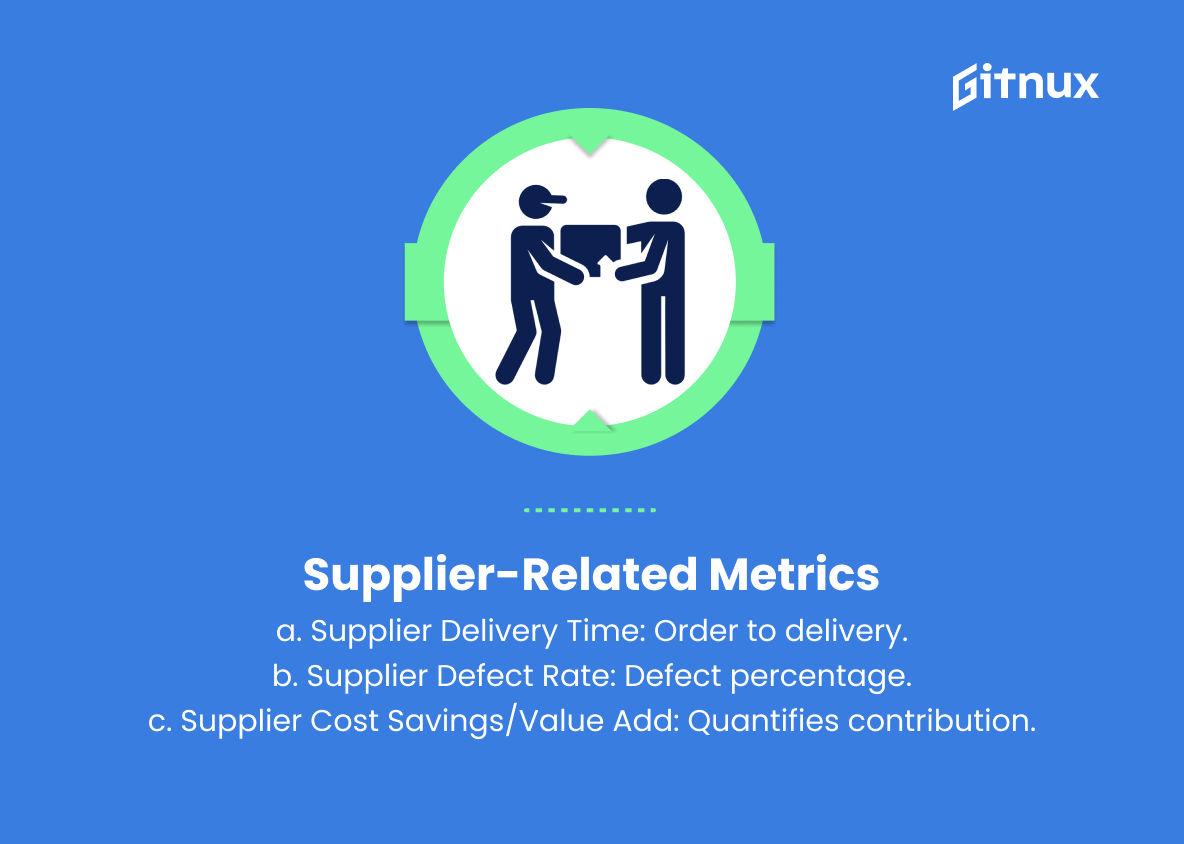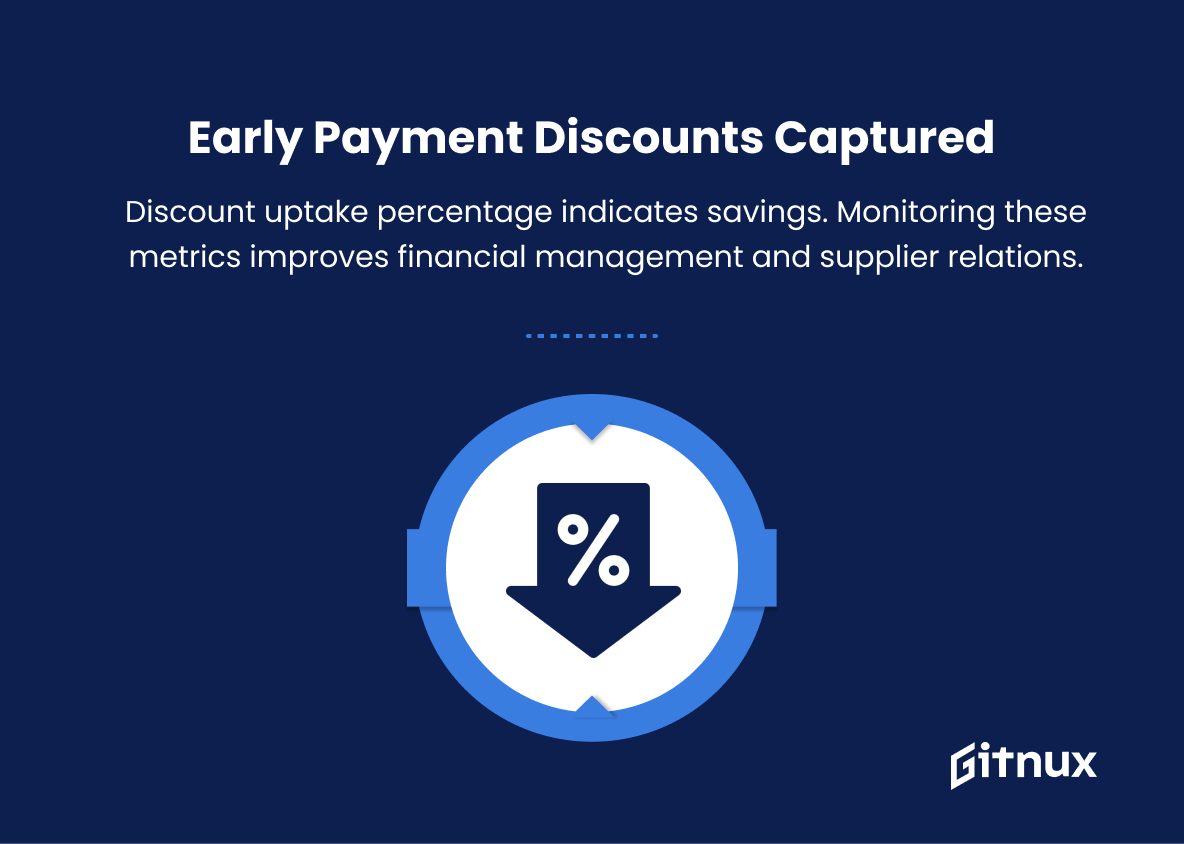In today’s competitive business landscape, effective financial management is imperative for the long-term success of any organization. At the heart of this financial acumen lies the ability to efficiently manage and monitor a company’s accounts payable (AP) process. Through consistently analyzing and employing essential accounts payable metrics, businesses can optimize their operations, ensure timely payments, and maintain healthy supplier relationships. This blog post delves deep into the various key performance indicators (KPIs) that are critical to evaluating and enhancing the AP process within your organization – providing insights, best practices, and strategic guidance for paving the way towards a streamlined and financially-sound future.
Account Payable Metrics You Should Know
1. Days Payable Outstanding (DPO)
This metric measures the average number of days it takes for a company to pay its vendors and suppliers after receiving invoices. A higher DPO indicates that the company is taking longer to pay its bills, while a lower DPO suggests prompt payments. This metric also affects the company’s cash flow management.
2. Accounts Payable Turnover Ratio
This ratio is used to determine how efficiently a company pays its suppliers. It is calculated by dividing the total purchases by the average accounts payable during a specific period. A higher ratio indicates timely payments, while a lower ratio suggests payment delays.
3. Cost per Invoice
This metric measures the cost incurred by a company to process an invoice from receiving it to payment. It includes labor costs, technology expenses, and other overhead. A lower cost per invoice suggests higher efficiency in the accounts payable process.
4. Invoice Processing Time
This metric measures the average time required to process an invoice from receipt to payment approval. A reduction in processing time can lead to more accurate financial statements and efficient cash management.
5. Percentage of Invoices Paid on Time
This metric indicates the proportion of invoices paid by their due dates. A higher percentage of on-time payments reflects efficient accounts payable processes and better supplier relationships.
6. Manual vs. Automated Invoices
This metric indicates the ratio of manual to automated invoices. A higher proportion of automated invoices can lead to reduced errors, efficient invoice processing, and better resource management.
7. Disputed Invoices
This metric measures the number of invoices that are questioned or disputed as a percentage of total invoices. A lower percentage of disputed invoices indicates higher accuracy in the accounts payable process and strong internal controls.
8. Invoices in Query
This metric reveals the number of invoices placed on hold or pending for additional information or resolution. A lower number of invoices in query indicates streamlined accounts payable processes and timely payments.
9. Supplier-related Metrics
These metrics focus on supplier performance and include the following elements.
a. Supplier Delivery Lead Time: Measures the time between when an order is placed and when it’s delivered by the supplier.
b. Supplier Defect Rate: Measures the percentage of defective products or services from a supplier.
c. Cost Savings / Value Add by Supplier: Calculates the cost savings or additional value provided by the supplier, contributing to improved financial performance.
10. Early Payment Discounts Captured
This metric displays the percentage of available early payment discounts taken advantage of by the company. Maximizing these discounts can lead to significant cost savings.
By monitoring and analyzing these accounts payable metrics, businesses can identify bottlenecks, inefficiencies, and areas for improvement, ultimately leading to stronger financial management and better relationships with suppliers.
Account Payable Metrics Explained
Accounts payable metrics play a crucial role in understanding and optimizing a company’s financial management and relationships with suppliers. Metrics such as Days Payable Outstanding (DPO), Accounts Payable Turnover Ratio, and Cost per Invoice help gauge the efficiency and timeliness of the payment process. Invoice Processing Time and Percentage of Invoices Paid on Time reflect the accuracy of financial statements and cash flow management. The balance between Manual vs. Automated Invoices, as well as the volume of Disputed Invoices and Invoices in Query, highlights areas for improvement in the accounts payable process.
Supplier-related metrics, such as Delivery Lead Time, Defect Rate, and Cost Savings or Value Add, emphasize the performance and contribution of suppliers to the company’s financial outcome. Lastly, focusing on Early Payment Discounts Captured provides insight into potential cost-saving opportunities. Altogether, these metrics offer a comprehensive view of a company’s accounts payable performance, allowing for informed decision-making and better supplier relationships.
Conclusion
In summary, Account Payable Metrics provide essential insights into the efficiency and effectiveness of an organization’s financial processes. By closely monitoring and analyzing these metrics, businesses can streamline their accounts payable systems, optimize cash flow, and foster strategic, data-driven decision-making.
A keen focus on the key metrics, including days payable outstanding, invoice processing time, cost per invoice, and accounts payable turnover ratio, ensures smooth financial operations while minimizing risks and capitalizing on opportunities. In the fast-paced and competitive world of modern business, harnessing the power of account payable metrics is imperative for staying ahead, maintaining strong relationships with suppliers, and fostering sustainable growth.




